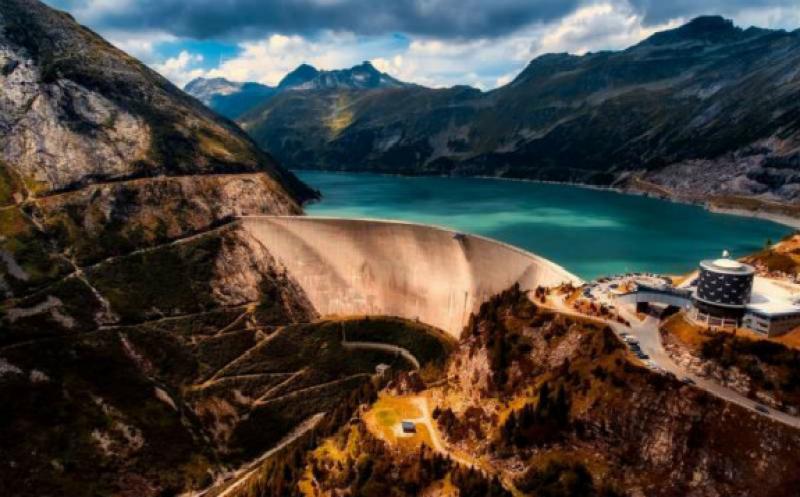
For the first time, researchers have mapped the impact of current and future river dams on fish habitats worldwide. Their findings show that habitat fragmentation of species inhabiting the Amazon, Niger, Congo, Salween and Mekong river basins will increase by about a quarter or more on average due to dams that are under construction or planned. Fish that stay within fresh water and do not migrate to the ocean will be most affected.
Dams impede fish movement
Although dams contribute to flood protection, energy supply and water security, they also pose a large threat to freshwater biodiversity. Because dams interrupt habitats, fish are blocked from moving to feeding and spawning grounds, causing an interruption in their life cycles. This was demonstrated by the recent extinction of the Chinese paddlefish, whose numbers were greatly reduced by dams within the species' habitat.
To better understand the degree to which dams affect freshwater fish habitats, the researchers combined data on the occurrence of 10,000 fish species with the locations of around 40,000 existing and 3,700 planned large hydropower dams. "With this map, we have a global picture of where fish species are impacted by dams and where local conservation efforts should be fostered," says first author Valerio Barbarossa, environmental researcher at Radboud University and PBL.
Restoration measures
Current levels of habitat fragmentation due to dams are highest in the US, Europe, South Africa, India and China. "But especially in the tropics, where a lot of new hydropower dams are going to be built, impacts will be disproportional," says Barbarossa. "We see for example that the completion of only one dam close to the outlet of the Purari River in Papua New Guinea will decrease habitat connectivity by about 80% on average for freshwater fish there."
Strategic planning of dams might offer opportunities to avoid dams with such disproportional impacts. "These data and results will be of great value to inform planning of future dams and to evaluate cumulative impacts of dams and land use change," says Rafael Schmitt, Stanford Natural Capital Project researcher and second author on the study. "Of course, we knew that future river infrastructure development will impact fish species, but in most places with acute development pressure, there were very few comprehensive data to evaluate potential impacts."
"In the US and Europe, there are plans for the removal of decommissioned dams to restore the connectivity of the rivers. Some dams have already been removed," says Barbarossa. "Our global maps can help to prioritize locations for restoration measures, such as dam removal and installation of bypasses."